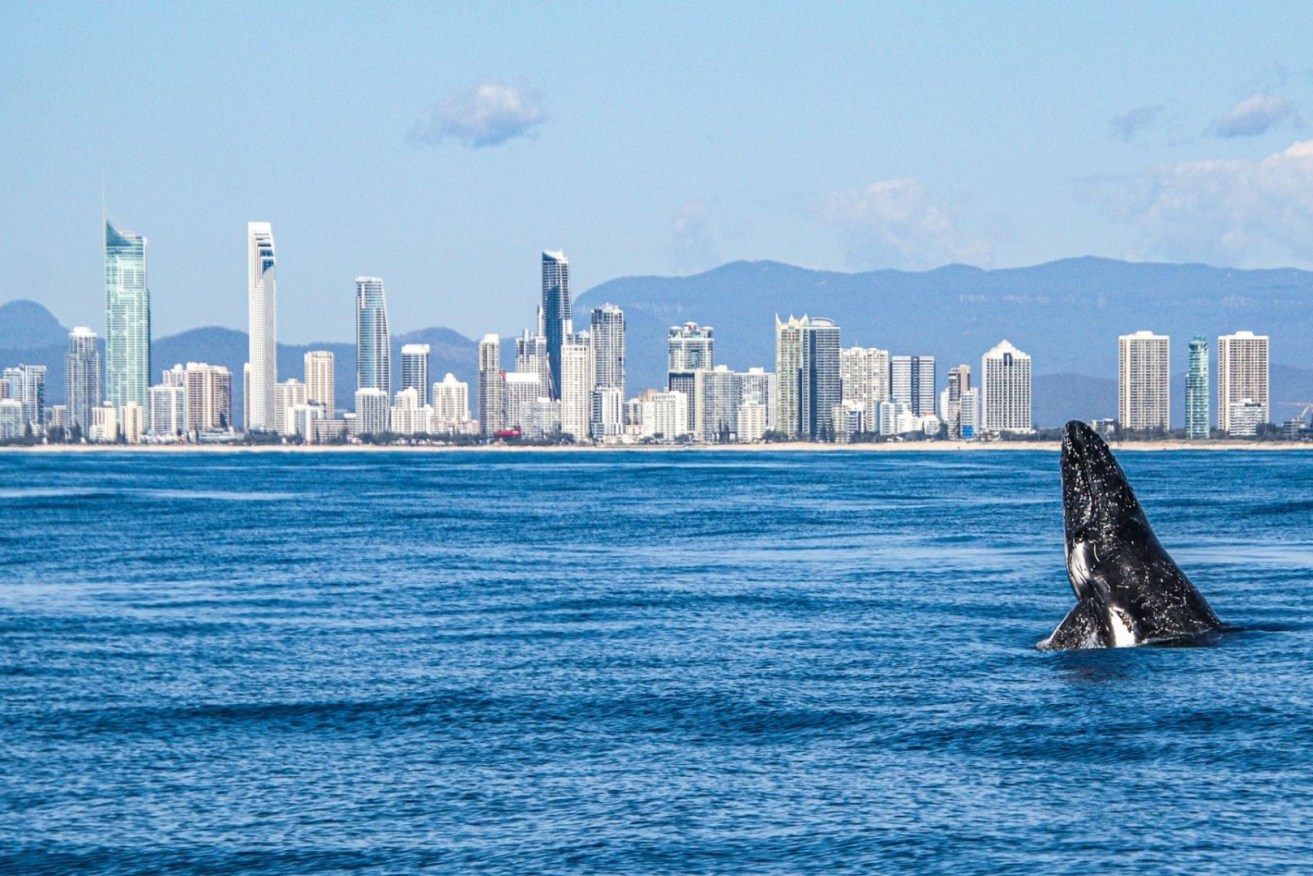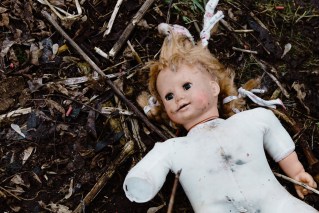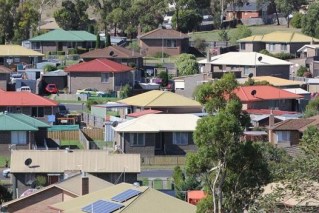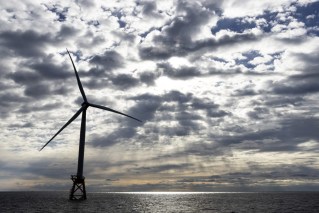Thar she blows: Meet the travellers hitting the Gold Coast in record numbers
Rare ocean dynamics have brought whales migrating along the Queensland coast in record numbers, with evidence giant fin whales – the second largest whale species after the blue whale – are fighting back from the brink of extinction.


Scientists said the combination of natural phenomenon means humpback whales are breeding earlier and in waters further south, southern right whales are swimming closer to shore, and even orca numbers and sightings are rising.
But despite the mass whale turnout, the famous white whale Migaloo is unlikely to be among whales making a return visit this migration season, the experts said.
In an exceptional event not seen for almost two decades, an endangered southern right whale and her calf were spotted this week in waters off Burleigh Heads on the Gold Coast.
While the southern right whales were simply resting, a more distressing sign of the mass whale gatherings has been three humpback whales trapped in shark nets off the Queensland coast within a week.
Rescue teams early on Friday were working to free a whale caught in shark nets at Kirra on the Gold Coast, just days after another two humpback whales had to be freed from shark nets within hours of each other along the Queensland coast. One of the whales was caught in nets at Coolangatta and one on the Sunshine Coast.
It comes as new research published today shows Southern fin whale populations were bouncing back for the first time since hunting was restricted in 1976.
Southern fin whales were nearly hunted to extinction before the ban, but researchers have recorded the first video documentation of large groups of up to 150 fin whales in their ancestral feeding grounds near Antarctica.
“We interpret high densities, re-establishment of historical behaviours and the return to ancestral feeding grounds as signs for a recovering population,” the researchers wrote in the paper published today in the Scientific Reports journal.
Helene Herr from University of Hamburg, who led the German and UK research team, said the feeding “aggregations” or groups of fin whales captured on film were among the largest ever reported for baleen whales in scientific literature.
The groups were similar in size to the so called ’super-groups’ of hump- back whales that were increasingly being seen along Australia’s east coast and South Africa, she said.
“The behaviour in aggregations was dominated by feeding, with animals lunging with mouths agape, tight turning and repeated strong vertical diving, resembling a feeding frenzy,” Herr wrote in the report.
Dr Olaf Meynecke from Griffith University’s Coastal and Marine Research Centre said the recovery of the fin whale population was hugely significant but did not guarantee the giants would soon be making the migratory trek along the Queensland coast.
“We usually don’t get fin whales on the east coast. These are giant banana-looking whales that swim fast and definitely have similar tastes for krill like our humpback whales, but their breeding grounds are in different places, and they also don’t hug the coast during the migration,” Meynecke said.
“There might be the odd fin whale coming up the coast, but it’s very rare.”
Meynecke said exceptional conditions were creating a busy whale season for humpbacks, endangered southern right whales and orcas that had been spotted off the Gold Coast.
“Generally, we see a two to three-year pattern where we have a higher number of newborns, usually due to better feeding conditions in the previous year,” he said.
“Then there’s also a pattern every couple of years where the migration shifts closer to shore.
“It seems that this year we have quite a lot of newborns and on top of that there’s a whole transition related to a change in ocean dynamics that means humpback whales are moving further south to give birth to reduce the migration distance and to save energy as well.
“Having so many whales this close to shore and in the Gold Coast bay is very, very unusual.”
Meynecke said, adding the southern right whale mother and calf resting off Burleigh Heads this week was rare.
“Having them come within 100 metres of Burleigh Heads is amazing. The significance of this event is that it is something that we haven’t had come that close to the Gold Coast in 16 years of my work here.
“Having them that close to Gold Coast shore, they’re a threatened species and the chances of seeing them are very small.”
Meynecke said however there had been no confirmed sightings of Migaloo yet this season.
“Fears continue that Migaloo might just not visit the east coast anymore,” he said.
“There has been documentation of white whales, but nothing where all scientists would agree it’s Migaloo.”












